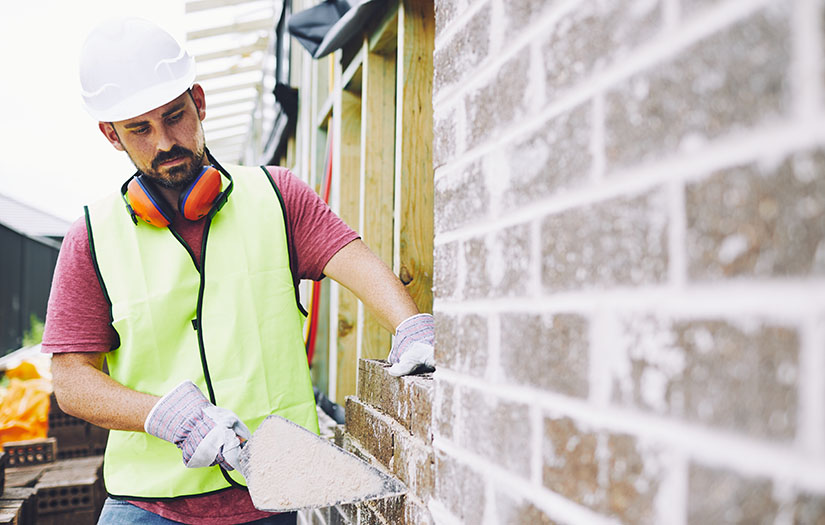La resiliencia es un tema muy prevalente en la cultura actual, ya que existe una mayor comprensión de que la mentalidad afecta el bienestar. Además, a medida que las demandas laborales y de la vida han aumentado en nuestra sociedad de ritmo acelerado, la resiliencia se ha convertido en una parte importante de la solución para disminuir el estrés.
In the context of this article, resiliency is defined as the ability to bounce back after challenges and cope well with adversity. It’s also defined as a state of being, and not a set trait. This is an important distinction to make because some individuals inaccurately think resiliency is a permanent trait; you either have it or you don’t.
The truth is that resiliency is a choice. When stressful situations emerge, we choose how we look at them and if we want to respond in an adaptive way or not. We have probably all seen individuals respond out of proportion to a small stressor that occurred. Similarly, we have all seen or heard about someone who handled a life crisis with ease. The common denominator in both situations is mindset, or how a person thinks about and perceives their experiences. When people are resilient, they tend to have a more positive outlook when stressful situations arise; they are open to learning from mistakes and stay committed to continuing forward towards their goals despite obstacles.
The good news is that resilience-based thinking can be learned. Anyone who might not incorporate this as easily as others can learn how to cultivate more of this type of thinking into their daily life. By refining this skill over time, individuals can improve how they respond to stress and overcome challenges. Even better news is that the more we practice it, the better we get during times when we need it the most. The reason this occurs is best explained by author Rick Hanson in his book, “Felicidad cableadaâ€. El libro educa a los lectores sobre cómo pueden fortalecer diferentes vÃas neuronales y reconfigurar la forma en que piensan y responden al estrés.
Personally, I believe that anyone who wants to cultivate more resilience-based thinking needs to make it a daily practice instead of waiting to apply it when obstacles occur. If we start to practice this skill during small instances in our day-to-day, we will become more skillful at being resilient during larger life challenges.
A continuación se enumeran algunos consejos útiles para que las personas los consideren cuando surgen situaciones u obstáculos estresantes. Al incorporar estos consejos, las personas pueden ser cada dÃa más resistentes al estrés.
1. Respira y haz una pausa.
Take a moment to take a deep breath. This will allow you to pause for a moment and decide on the best course of action. As a result, you will be fully aware of all your options, which will help you decide on how you querer responder.
2. Considere adaptarse.
Hágase las siguientes preguntas: "¿Cómo podrÃa adaptarme a esta situación y / o ajustar mi pensamiento para encontrar una solución?? O, "¿Hay otra forma de ver este problema? " A menudo, cuando nos emocionamos negativamente sobre una situación, disminuye nuestra creatividad para encontrar nuevos enfoques o soluciones. Antes de reaccionar negativamente sobre un obstáculo, tómate un momento para adaptarte o considera un nuevo enfoque primero.
3. Deja ir lo que puedas.
There are situations in life we can control and those that we cannot. If something comes up that is out of our control, we need to acknowledge that, and let it go. It does not help us to ruminate and obsess over something whose outcome we cannot change. Las personas resilientes reconocen lo que no pueden controlar y centran su atención en estos detalles. La práctica de hacer esto continúa cultivando y refinando ese pensamiento basado en la resiliencia.
4. Tómese un momento para ver el panorama general.
Todos hemos sido culpables de esto en ocasiones. Se produce un pequeño factor de estrés y se convierte en una experiencia más amplia en la que "todo es horrible ". In moments like these, it is important to keep a long-term perspective. How does this minor stressor or obstacle impact the bigger picture? For example, if you are stuck in traffic and late to work today, will it matter a year from now? Probably not, so try to keep your response appropriate to the stressor at hand.
5. Sea constructivo.
Watch out for extreme thoughts as stressful situations arise. If you notice any extreme thinking, reframe and stay constructive about set-backs. For example, if something goes wrong, acknowledge it and focus on what you learned, and/or will do differently moving forward. Say to yourself, “Aprendà que ____ de esta experiencia, y usaré esta información a medida que avance hacia mis metas ".
6. Visualiza el éxito.
En lugar de empantanarse con un obstáculo, mantén tu ojo en el objetivo más grande por ti mismo. Visualice dónde quiere estar o ir y manténgase comprometido con eso a pesar de los desafÃos en el camino.
A medida que empiece a incorporar un pensamiento más basado en la resiliencia en su vida diaria, sepa que esta es una práctica que llevará tiempo si no le resulta natural. Cuando te encuentres cayendo en viejos patrones, fÃjate en ello, reconoce lo que podrÃa haberse hecho de manera diferente y recuerda estos consejos para seguir avanzando y ascendiendo.






.jpg?width=330&name=Optima%20Ads_blog3%20(1).jpg)








